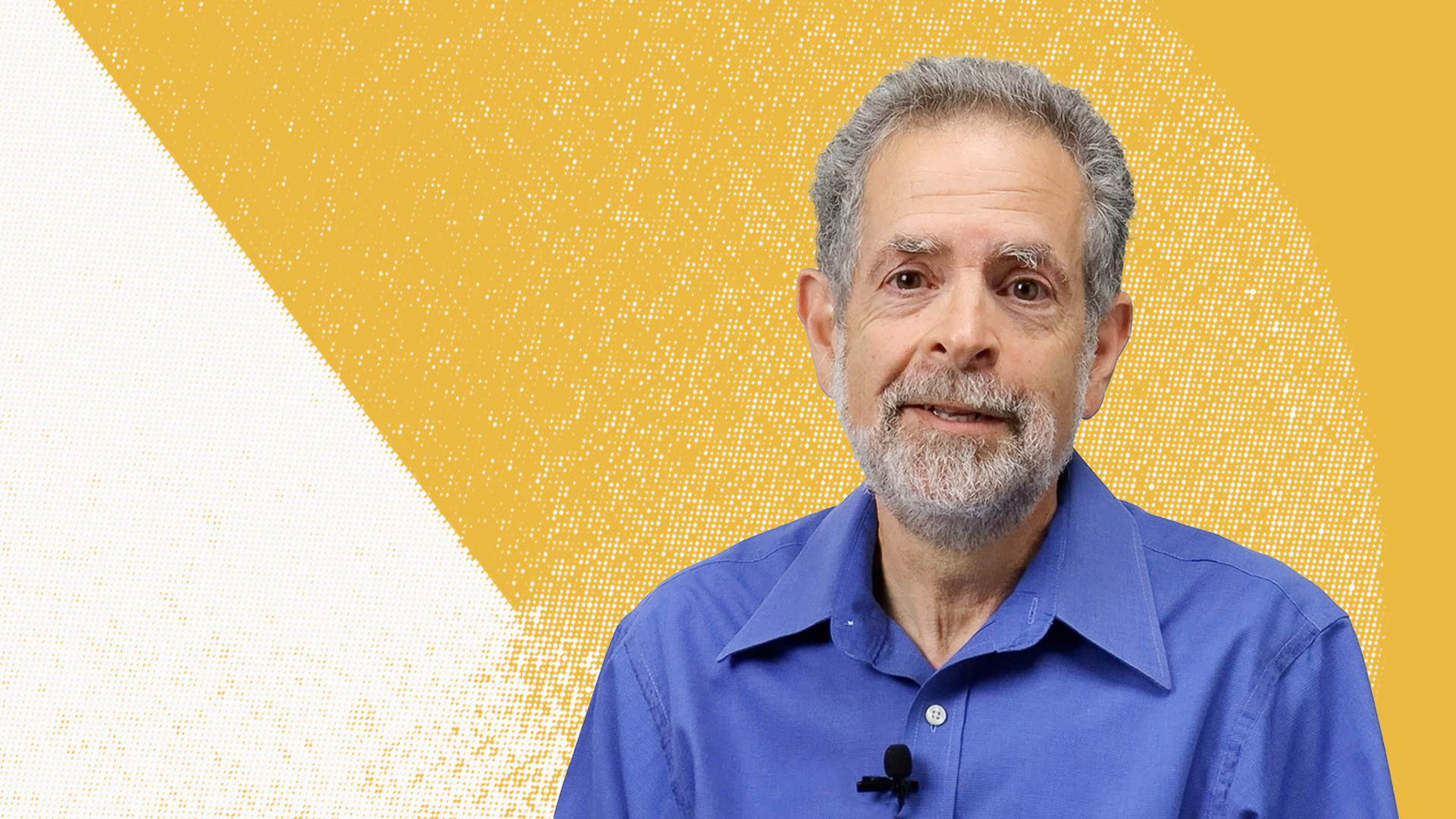The head of the Applied Technology Group at SRI discusses his role in developing technologies and training that support our troops.
I worked on the first digitization of the battlespace, which today, is basically networked GPS receivers showing where everybody is located. We now have digital map applications to do that. They didn’t have that in the 1990s.
I’m also involved with robotics, and with activities at the Dish. There are always new things to do, new things to learn, and new ideas to come up with.
One of the proudest things I can think of about my work at SRI over the years spans from the mid to late 1990s – I was instrumental in running programs to support military training exercises. We digitized all of their activities.
We put sensors on soldiers and Marines as they conducted exercises, we took videos that allowed them to see an exercise. They would have after-action reviews where their commanding officer would review what happened. For the first time, rather than just talking about it, they could show them on digital maps, with video, and all the data and activity that was collected.
This project was a big highlight for me because it better prepared Marines and soldiers as they headed overseas into battle zones. As a matter of fact, Congress had stated that nobody would go overseas unless they were properly trained.
I was supporting these exercises! I had Army, Marines, and officers come up to me and say: “I now understand what my mission is going to be and I’m ready to go overseas.”
That feeling that we were helping prepare them and potentially save their lives is one of the biggest impacts that working at SRI has given me.




